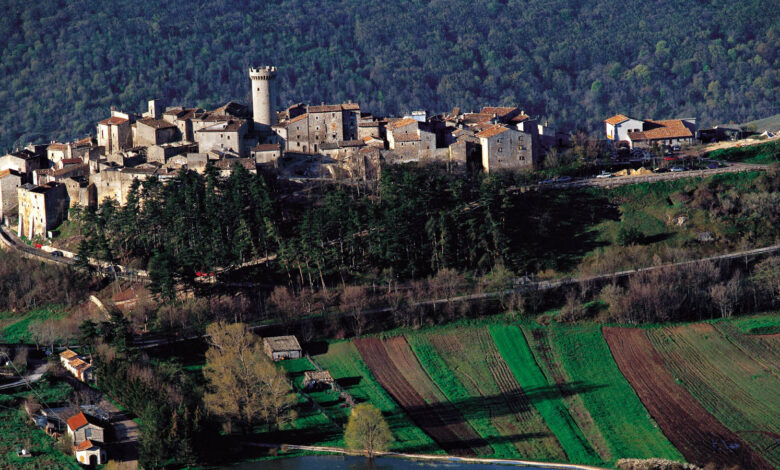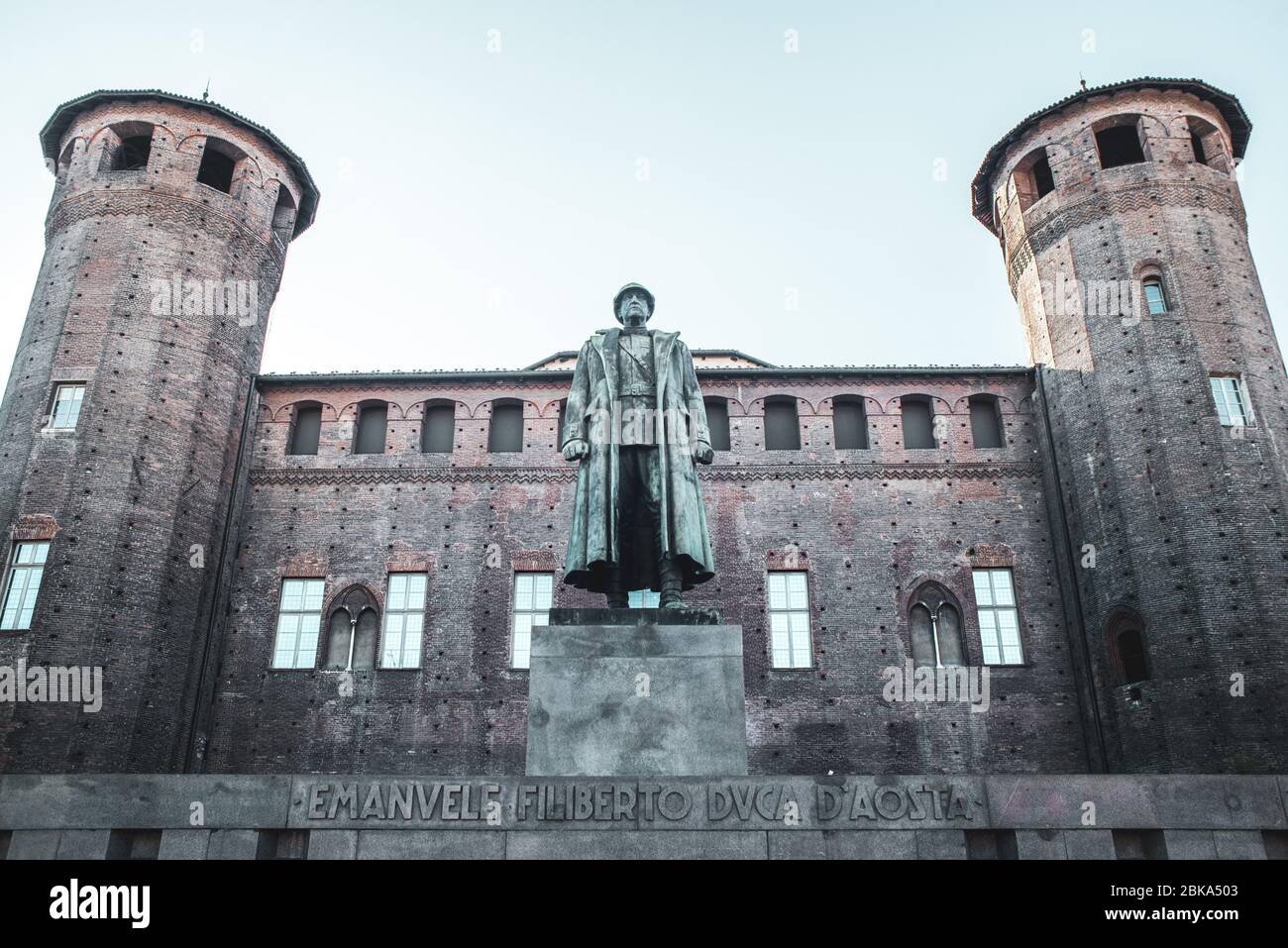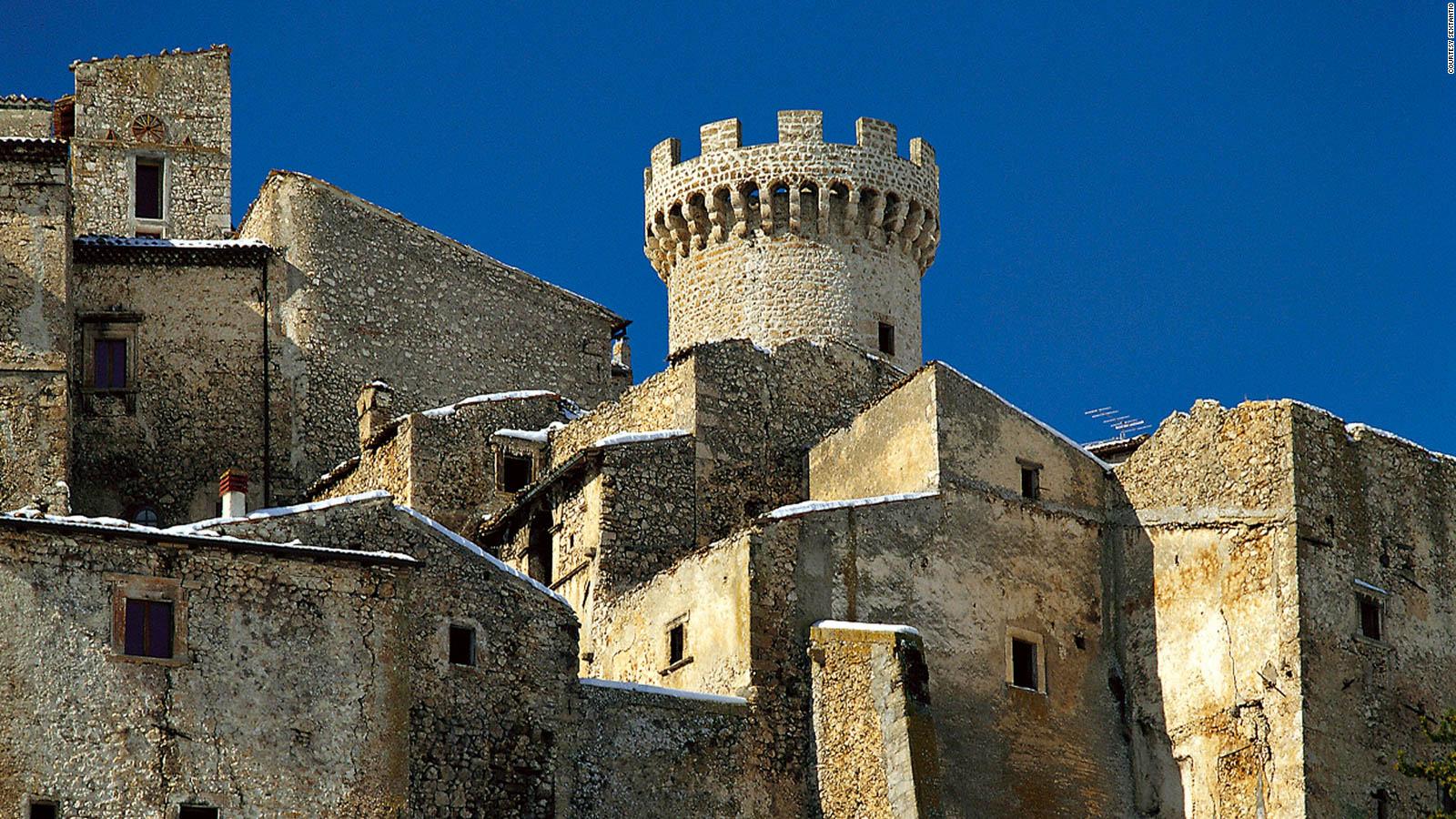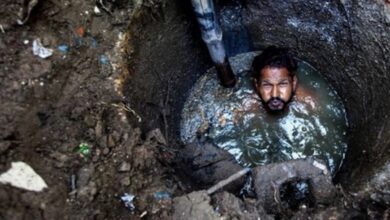Scattered Hotels: Unintentionally Italy Has Discovered the Ideal COVID 19-Period Castle!

Scattered Hotels: Unintentionally Italy Has Discovered the Ideal COVID 19-Period Castle!
Middle age designers, abandoned towns, and distant open country – what seems like the elements for a blood and gore film could really be the formula for the ideal COVID-period lodging. Since the 1990s, Italy has been spearheading a travel industry model known as “Albergo Diffuso” – or dissipated inn. These include introducing full lodging into different structures of a to a great extent deserted town.

The greater part of these extremely old towns has experienced eradication as occupants move to greater urban areas looking for work – the very issue that has enlivened numerous Italian towns to auction homes for close to nothing. Venturesome hoteliers have taken these apparition towns and changed them into regularly rich facilities, with visitors ready to remain in their own individual structure, however, then eat at an eatery or possibly visit a spa introduced in another piece of the town.
As movement gets back with the possibility of immunization, all things considered, numerous travellers will even now support convenience that offers the possibility of social separating – which is the place during the 1990s, business visionary Daniele Kihlgren unearthed the archaic fortification town of Santo Stefano di Sessanio in the focal Italian district of Abruzzo, where the Campo Imperatore mountains are known as “Little Tibet” due to the perspectives.
Kihlgren, who experienced childhood in northern Italy, “landed nearly by some coincidence” in the town. “I had gotten lost on the earth streets that snake around a middle-age palace,” he says. “I had gone through years looking for places like these, where the scene had not been defiled.” Having discovered the ideal spot, he at that point started to chip away at his vision.
It was the initial phase in the production of Sextantio, a dissipated lodging brand that, just as Santo Stefano di Sessanio, has an area in Matera, the southern Italian city cut into the strong stone. In Santo Stefano di Sessanio, a town apparently solidified as expected, Sextantio offers picnics on top of the mountain with nearby pieces of bread, cheeses, wines, leafy foods meats. The town itself actually looks like a customary setting, with a bistro in a square, local people making distinctive items, and a server who, after serving neighborhood luxuries, clarifies how he delivers them.
Other Albergo diffuso have followed a similar model. There are currently 150 dispersed inns opening up across Italy. In the wake of the pandemic’s staggering effect on Italy’s travel industry economy – which speaks to 13% of the nation’s GDP – these are probably going to assume an indispensable part in resuscitating the area, with more conventional lodgings actually confronting difficulties in adjusting to the COVID-19 period.
 The Albergo diffuso model’s capacity to address the issues of COVID-19-period vacationers without the requirement for critical changes was as of late featured in a paper distributed by the Canadian Center of Science and Education. Recently, Abruzzo has authoritatively marked a COVID “red zone,” which means travellers are denied from entering the locale. Taraschi says the lodging was facilitating visitors up until the new limitations were forced.
The Albergo diffuso model’s capacity to address the issues of COVID-19-period vacationers without the requirement for critical changes was as of late featured in a paper distributed by the Canadian Center of Science and Education. Recently, Abruzzo has authoritatively marked a COVID “red zone,” which means travellers are denied from entering the locale. Taraschi says the lodging was facilitating visitors up until the new limitations were forced.
Marisa Ragi, the proprietor of the Al Vecchio Convento Albergo Diffuso in the little town of Portico di Romagna in northern Italy’s Emilia Romagna district, is energetic while clarifying the present status of her business. Ragi and her significant other opened a café in her old neighborhood, yet it was in 2007 when they opened the Albergo diffuso with the assistance of the maker of the dispersed inn idea, Giancarlo Dall’Ara, that business was raised to the following stage.
As the network flourished, different organizations opened up in the town, enlivened by the accomplishment of the Albergo diffuso. Andrea Ciarroca, a proprietor of the Residence Il Palazzo, likewise in Santo Stefano di Sessanio, says that her foundation figured out how to resist the descending pattern seen by customary inns during the current year’s pinnacle season. Also, he says, the future remaining parts splendid.
Another Story Down the Path:
Giovanni Carilli and Giampiero Nobili wear covers each time they meet and demand standing one meter separated, notwithstanding the way that they have no neighbors and once in a while leave the confined town of Nortosce. Situated in the region of Perugia in Umbria, mainstream with travellers, Nortosce sits over a rough canyon in the Nerina Valley at a height of 900 meters, making it amazingly difficult to reach.

However, regardless of their far-off position, neither Carilli, 82, or Nobili, 74, feel shielded from the infection, which has killed almost 37,000 individuals in Italy. At the point when the pair meet for a coffee at Carilli’s home, they sit at a two-meter-long table, one at each end.
They additionally try to keep up social removing during their normal strolls to an antiquated Roman stone wellspring to gather crisp spring water. Carilli was brought into the world in the town, yet went through a lot of his time on earth making restored meats in Rome, prior to getting back to live in his youth home after his retirement. Nobili, the sibling of Carilli’s brother by marriage, additionally decided to dwell here during his nightfall years.

In any case, he actually makes craftsman gems, clarifying that the plenitude of nature in the town, which is encircled by excellent backwoods, assists with moving his speciality. The same number of previous occupants ran away to Rome and different urban communities to look for some kind of employment following a progression of tremors in Italy during the last part of the ’90s, Carilli and Nobili have the town to themselves more often than not.




